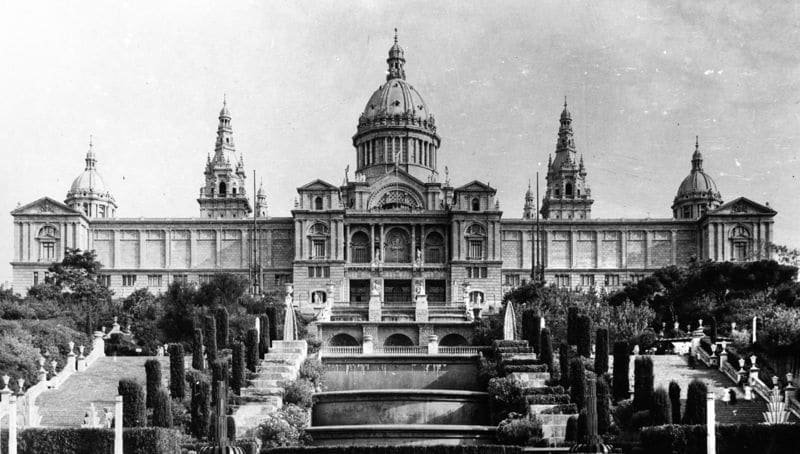
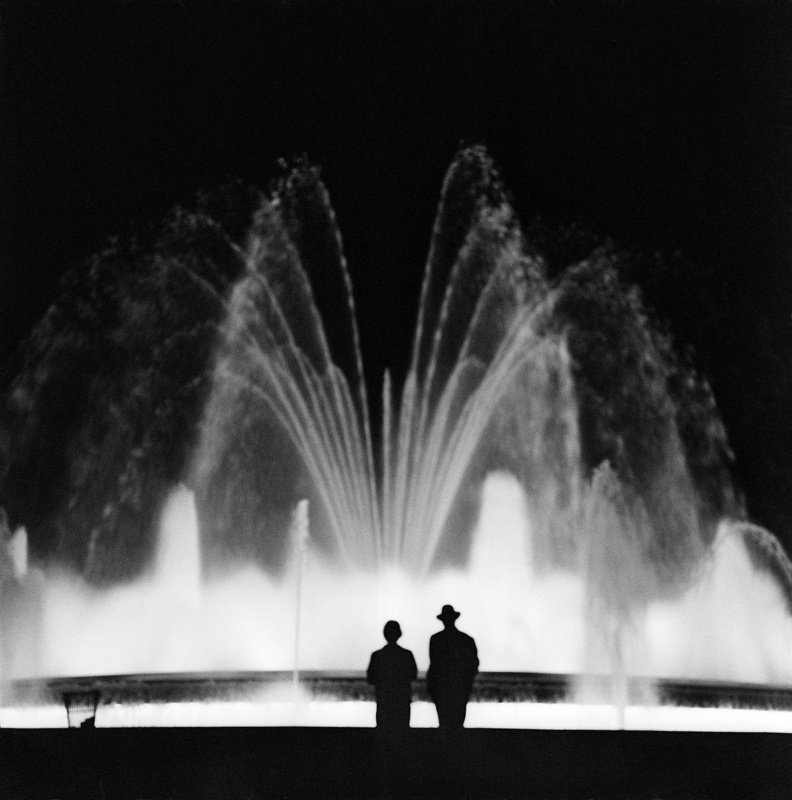
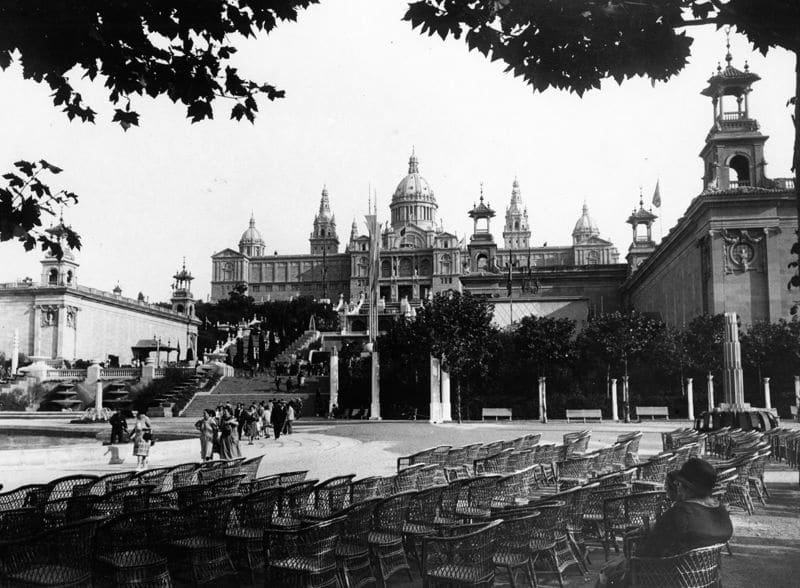
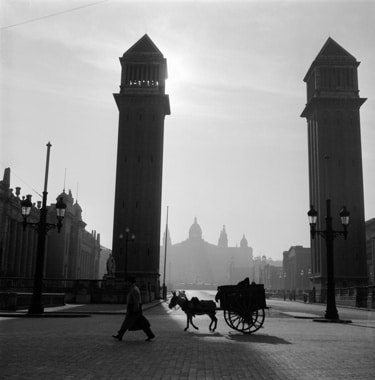
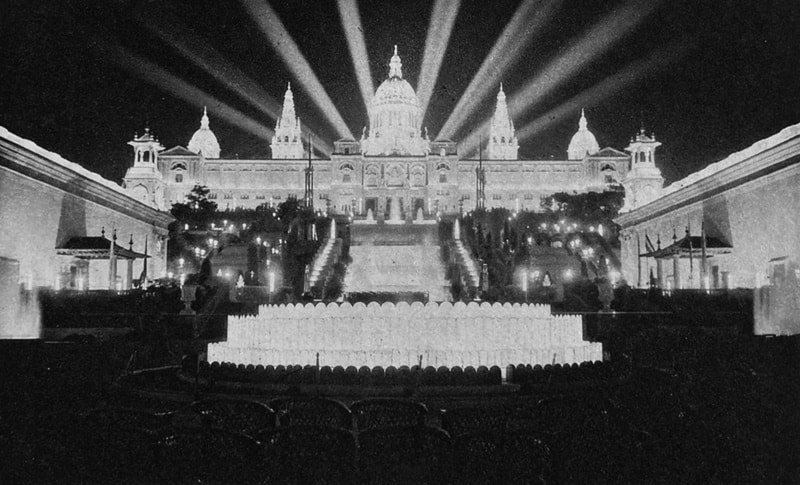
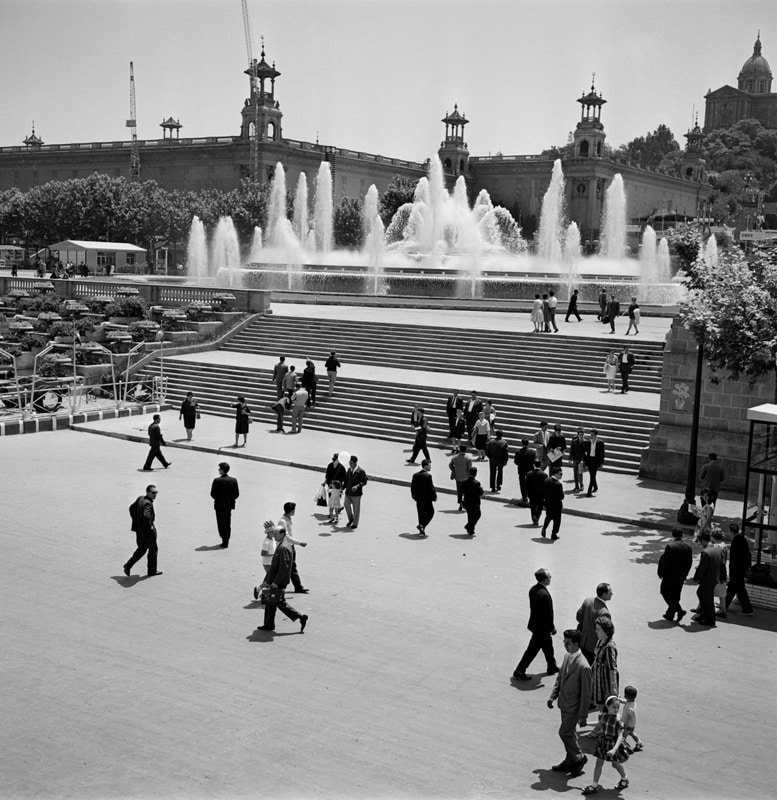
A Brief History of the Magic Fountain
Designed for the 1929 International Exposition
The Magic Fountain was built for the 1929 International Exposition, a world’s fair hosted in Barcelona to showcase modern art, technology, and architecture. The project was completed in less than a year — an impressive feat considering its scale and complexity.
The vision of Carles Buïgas
Its designer, Carles Buïgas, envisioned a “colossal, daring, and costly” fountain unlike anything seen before. His idea was to combine water, light, and movement into a theatrical performance that would mesmerize spectators. The result was revolutionary for its time, blending engineering and artistry in a way that put Barcelona on the cultural map.
Key milestones: restorations, the Olympics, sustainability shift
Over the decades, the fountain has undergone several restorations to keep it in top shape. A major moment came in 1992, when Barcelona hosted the Olympic Games and the fountain once again took center stage as a symbol of the city’s transformation.
In 2010, a significant sustainability shift took place: the fountain began using groundwater instead of potable water, a move that aligned with Barcelona’s environmental commitments. Most recently, in 2025, the city invested €3 million in technical upgrades, including a new telecontrol system and energy-saving LED lighting, ensuring the show can continue well into the future.
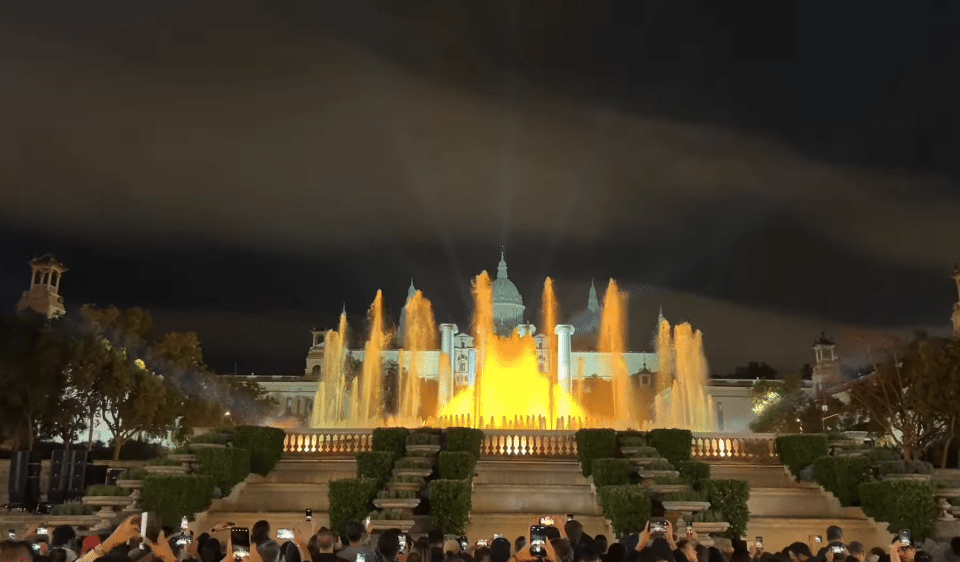
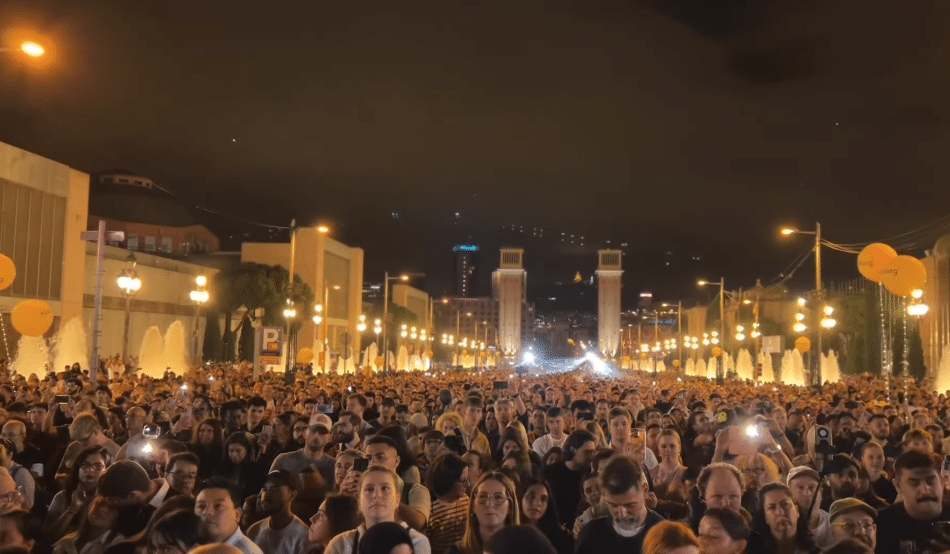
During the 2025 Piromusical of La Mercè festival
How the Show Works Today
While the Magic Fountain’s history is fascinating, most visitors come for the experience of the show itself — a spectacle of water, lights, and music that feels just as magical today as it did nearly a century ago.
Music, light, and water choreography
The fountain combines 3,000 water jets, colored lighting, and carefully chosen music tracks into a perfectly timed choreography. Depending on the season, the music can range from classical and opera to film soundtracks, pop, and Catalan hits. Each performance usually lasts around 20 minutes, with water streams reaching up to 50 meters high.
What makes it unique is the way light, music, and water are perfectly synchronized, creating an immersive experience that feels both modern and timeless.
The new LED and telecontrol upgrades (2025)
After its closure in 2022 due to the drought, Barcelona took the opportunity to modernize the fountain with major technical upgrades. In 2025, the city unveiled:
- A new telecontrol system, making the show more reliable and easier to manage.
- The replacement of 4,760 old incandescent bulbs with just 680 LED fixtures, cutting energy use dramatically while keeping the same dazzling visual effect.
This means that today’s shows are not only spectacular but also more sustainable and efficient than ever.
Sustainability: groundwater use and energy efficiency
Since 2010, the Magic Fountain has been running on groundwater instead of drinking water, a measure that saves millions of liters annually. The 2025 shift to LEDs further reduces energy consumption, showing how Barcelona is balancing cultural heritage with environmental responsibility.
These behind-the-scenes efforts ensure that the Magic Fountain continues to shine without putting extra strain on the city’s resources.
Want to know when the Magic Fountain is performing again? >> Check our full update with the 2025 schedule and show times.
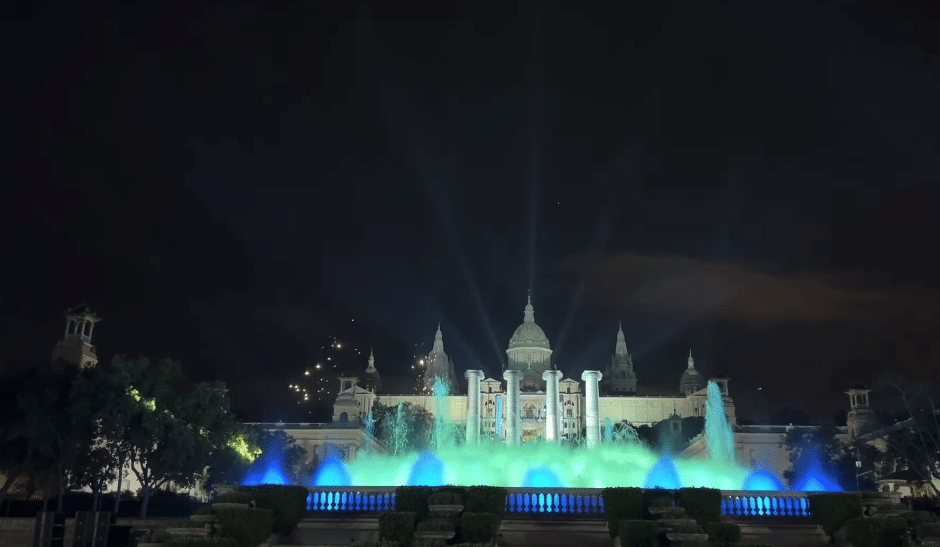
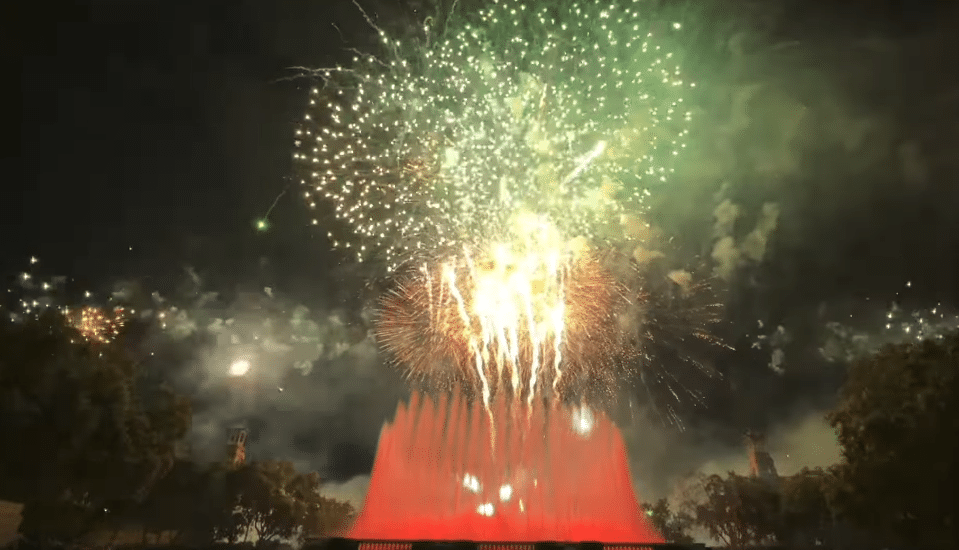
Scenes from the 2025 Piromusical of La Mercè, when the Magic Fountain of Montjuïc came back to life.
Best Places to Watch the Show
One of the most common questions travelers ask is: “Where is the best spot to watch the Magic Fountain?” Luckily, Montjuïc offers several vantage points, each with its own unique atmosphere.
MNAC steps and terraces
The classic choice is to sit on the steps leading up to the Museu Nacional d’Art de Catalunya (MNAC). From here, you’ll enjoy a panoramic view of the fountain, framed by the city skyline behind it. This is the most popular area, so it’s best to arrive early, especially on weekends and during festivals.
Side viewpoints and accessibility tips
If you prefer a less crowded experience, try the side terraces along Avinguda de Maria Cristina. These spots are closer to the water and give you a more intimate feel of the show. For those with limited mobility, there are accessible viewing points around Plaça de Carles Buïgas, which allow you to enjoy the performance without climbing stairs.
Photography tips for sunset and night
For photography lovers, timing is everything. The blue hour at sunset is ideal for capturing both the fountain and the sky’s colors. At night, a tripod will help you get sharper shots of the illuminated water. Keep in mind that large crowds may block your frame — so finding a slightly elevated spot can make all the difference.
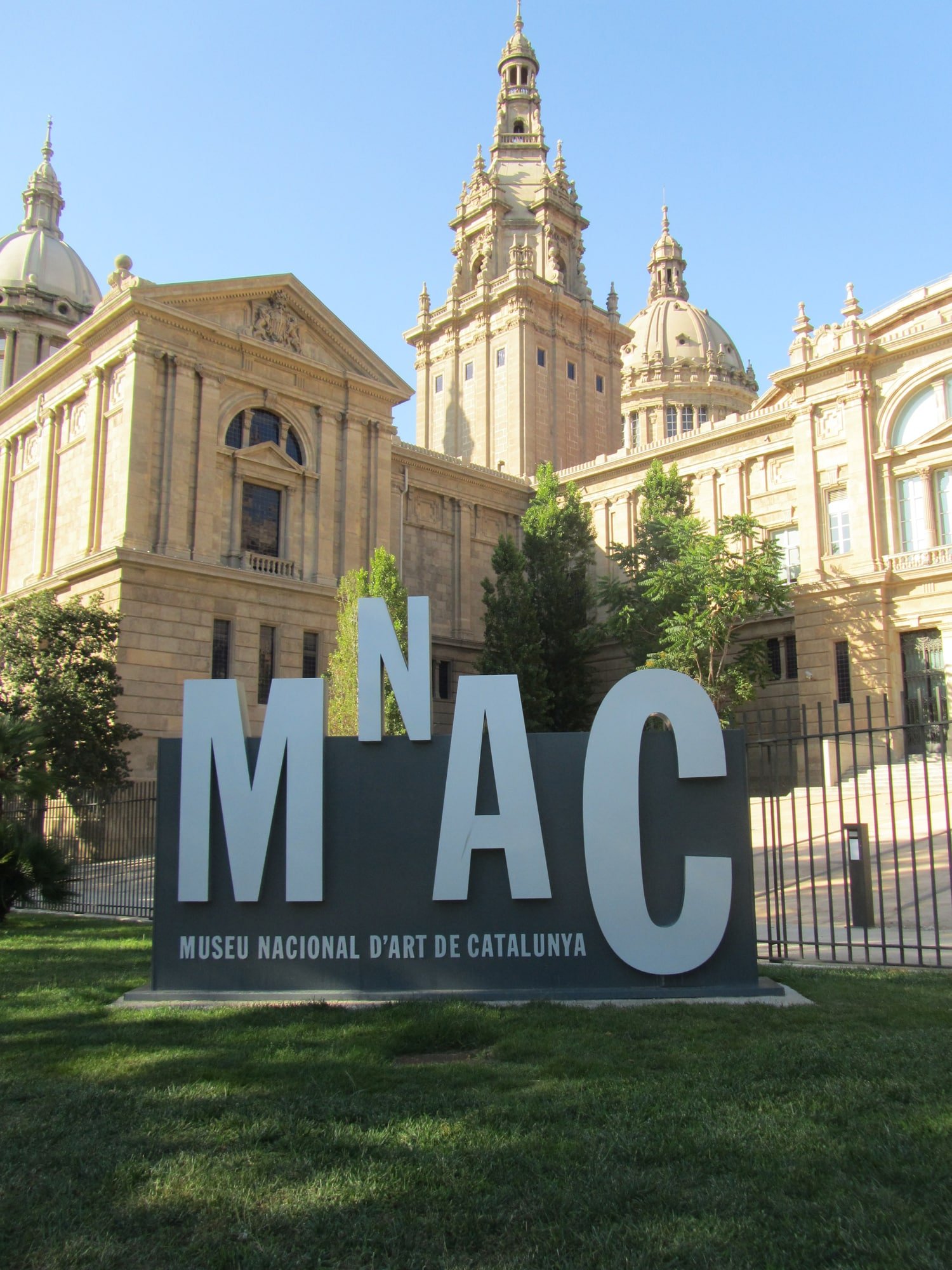
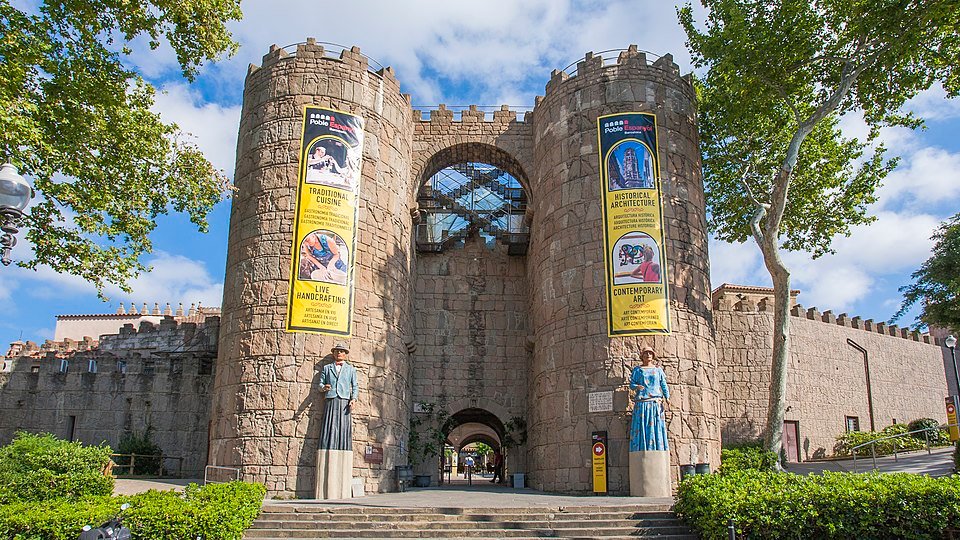
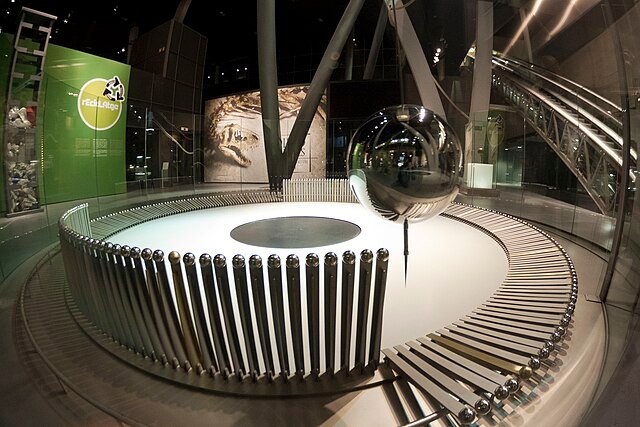
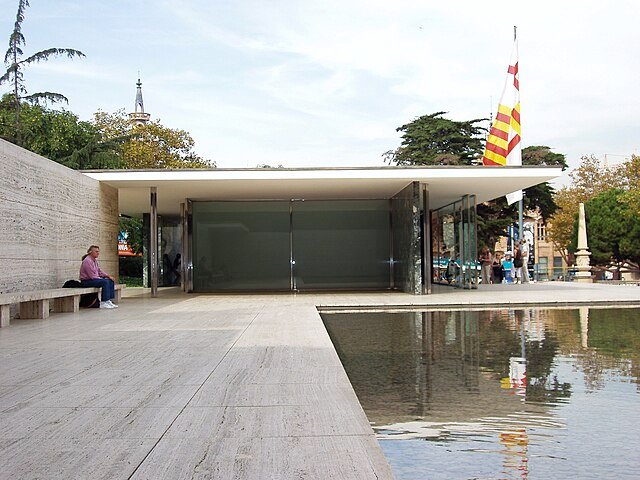
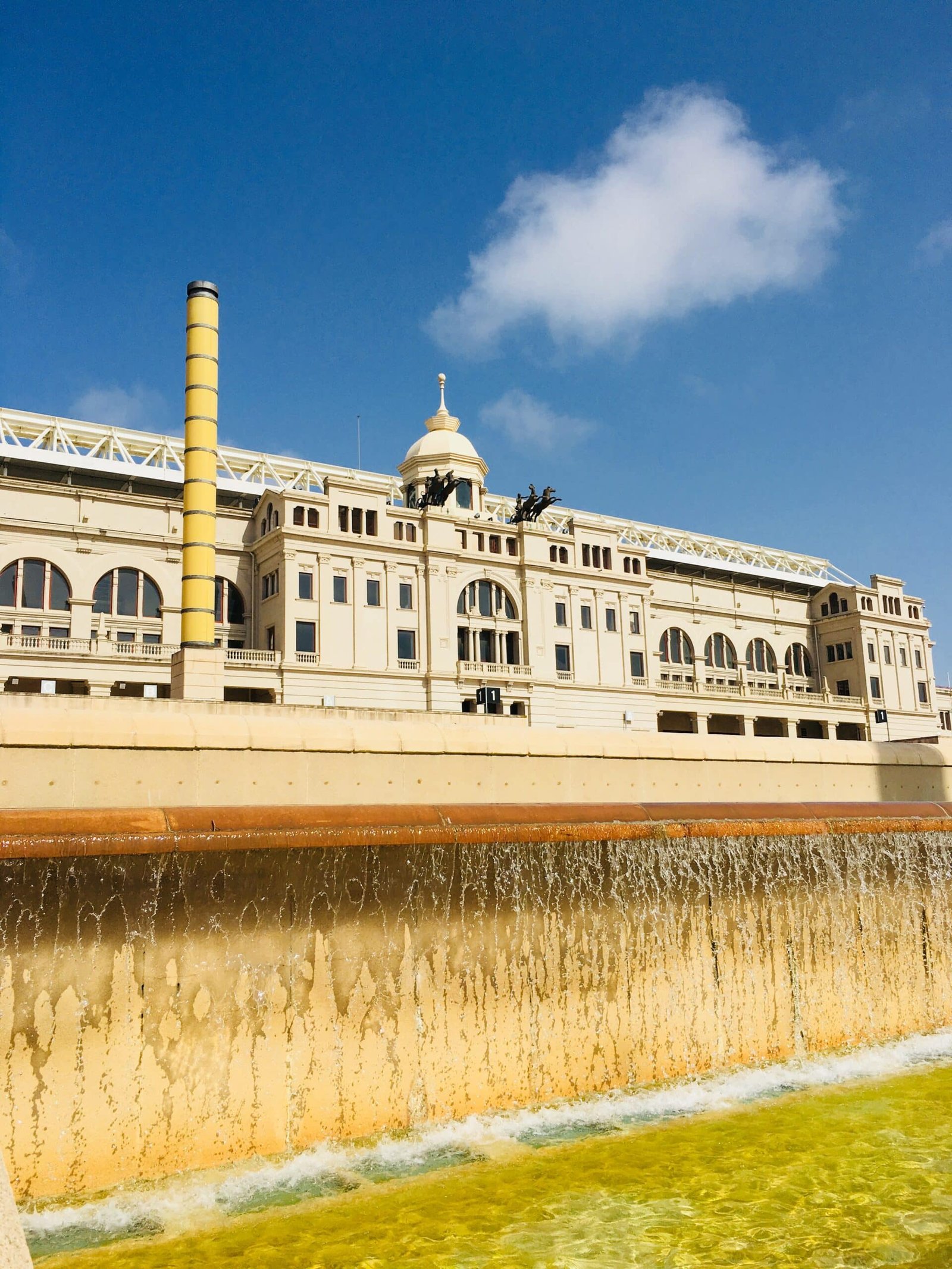
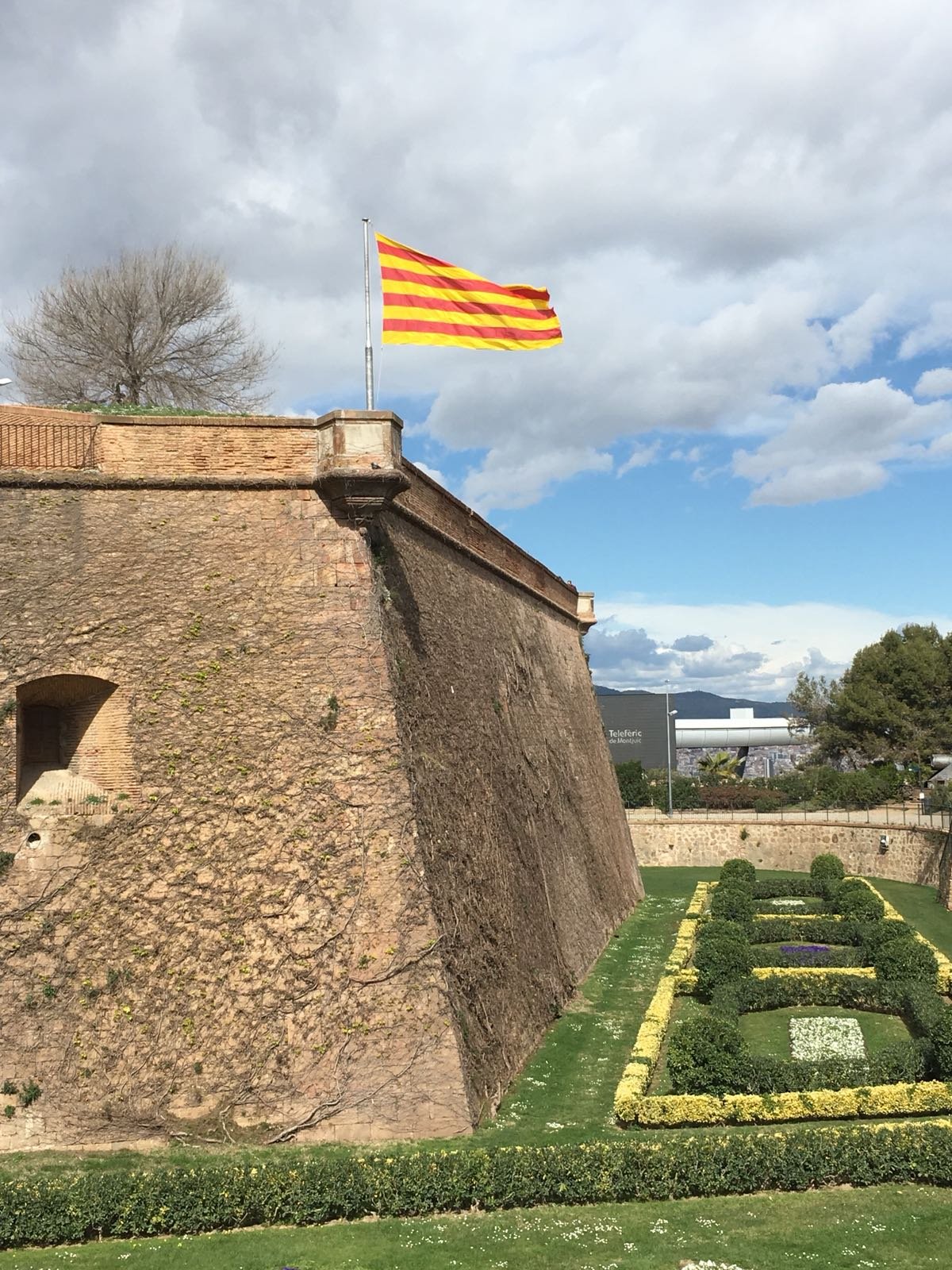
What to See Around Montjuïc After the Show
The Magic Fountain is just the beginning of what Montjuïc has to offer. Once the show is over, you’ll find yourself in one of Barcelona’s richest cultural and leisure areas, with plenty to explore within walking distance.
MNAC museum & cultural gems
Right behind the fountain sits the Museu Nacional d’Art de Catalunya (MNAC), housed in the grand Palau Nacional. It’s home to one of Europe’s finest collections of Romanesque frescoes, Gothic art, and Catalan modernism. Even if you don’t go inside, the building itself is worth admiring — and the panoramic views from its terraces are unforgettable.
Poble Espanyol and CaixaForum
A short stroll down the avenue takes you to Poble Espanyol, an open-air architectural museum that recreates Spanish villages, filled with artisan workshops, tapas bars, and cultural exhibitions. Nearby, CaixaForum is a contemporary art center located in a former modernist textile factory, offering exhibitions, concerts, and family-friendly activities.
Gardens, cable car, and Montjuïc Castle
If you’re in the mood for nature and views, explore the gardens of Montjuïc, like the Mirador de l’Alcalde or the Mossèn Costa i Llobera cactus garden. For a more adventurous experience, take the Montjuïc Cable Car, which climbs up to Montjuïc Castle. From there, you’ll get sweeping views of Barcelona’s coastline and harbor — a perfect way to end your evening.
Nearby Attractions to the Magic Fountain
| ATTRACTION | WHAT YOU’LL FIND | WALKING DISTANCE |
|---|---|---|
| Museu Nacional d’Art de Catalunya (MNAC) | Romanesque frescoes, Gothic and Modernist art, plus city views from the Palau Nacional | 3–5 minutes (just behind the fountain) |
| Poble Espanyol | Open-air architectural museum with artisan shops, tapas bars, and cultural events | 10–12 minutes |
| CaixaForum | Contemporary art center in a modernist building, with exhibitions and concerts | 8–10 minutes |
| Montjuïc Gardens (Mirador de l’Alcalde) | Scenic gardens and viewpoints over Barcelona’s harbor | 15–20 minutes |
| Montjuïc Cable Car (Teleferic) | Ride up to Montjuïc Castle for panoramic city and coastline views | 20–25 minutes |
| Montjuïc Castle | Historic fortress with exhibitions and stunning sea views | 25–30 minutes (or a short cable car ride) |
⚠️ Important Notice — Montjuïc Funicular Temporarily Out of Service
Please note that the Montjuïc Funicular — the short railway connecting Paral·lel metro station (Lines L2 and L3) with the lower station of the Montjuïc Cable Car (Telefèric) — is out of service from 20 October 2025 for approximately five months due to maintenance works related to the Vila i Vilà water collector project.
A replacement shuttle bus is operating between Avinguda Paral·lel and the base of the cable car, following the same schedule as the funicular:
- Monday to Friday: 7:30 AM – 8:00 PM
- Weekends and holidays: 9:00 AM – 8:00 PM
- Frequency: every 7–12 minutes depending on the time of day.
You can also use Bus Line 150, which runs from Plaça Espanya to Montjuïc Castle, stopping near the Funicular station (Avinguda Miramar).
This line operates daily from 7:00 AM to 9:00 PM.
👉 Note: The Montjuïc Cable Car (Telefèric) remains fully operational. Only the funicular service is temporarily affected.
Where Is the Magic Fountain of Montjuïc?
📍 If The Magic Fountain is located at Plaça de Carles Buïgas, at the foot of Montjuïc Hill, between Plaça Espanya and the Museu Nacional d’Art de Catalunya (MNAC). >> Click here to see it on Google Maps
It’s easy to reach by metro (Lines L1 and L3 to Plaça Espanya) and a short walk along Avinguda de Maria Cristina will take you right to the fountain.
Final Thoughts: More Than Just a Fountain
The Magic Fountain of Montjuïc is more than an attraction — it’s a living symbol of Barcelona’s creativity, resilience, and passion for bringing people together. From its origins at the 1929 International Exposition to its modern upgrades in 2025, the fountain has always reflected the spirit of the city: innovative, artistic, and welcoming.
Whether you come for the history, the dazzling shows, or the chance to enjoy Montjuïc’s cultural treasures, a visit to the Magic Fountain is an experience that stays with you long after the lights fade.
So next time you’re in Barcelona, don’t just check the fountain off your list — take the time to enjoy its story, its surroundings, and the magical atmosphere that has inspired generations of visitors.
